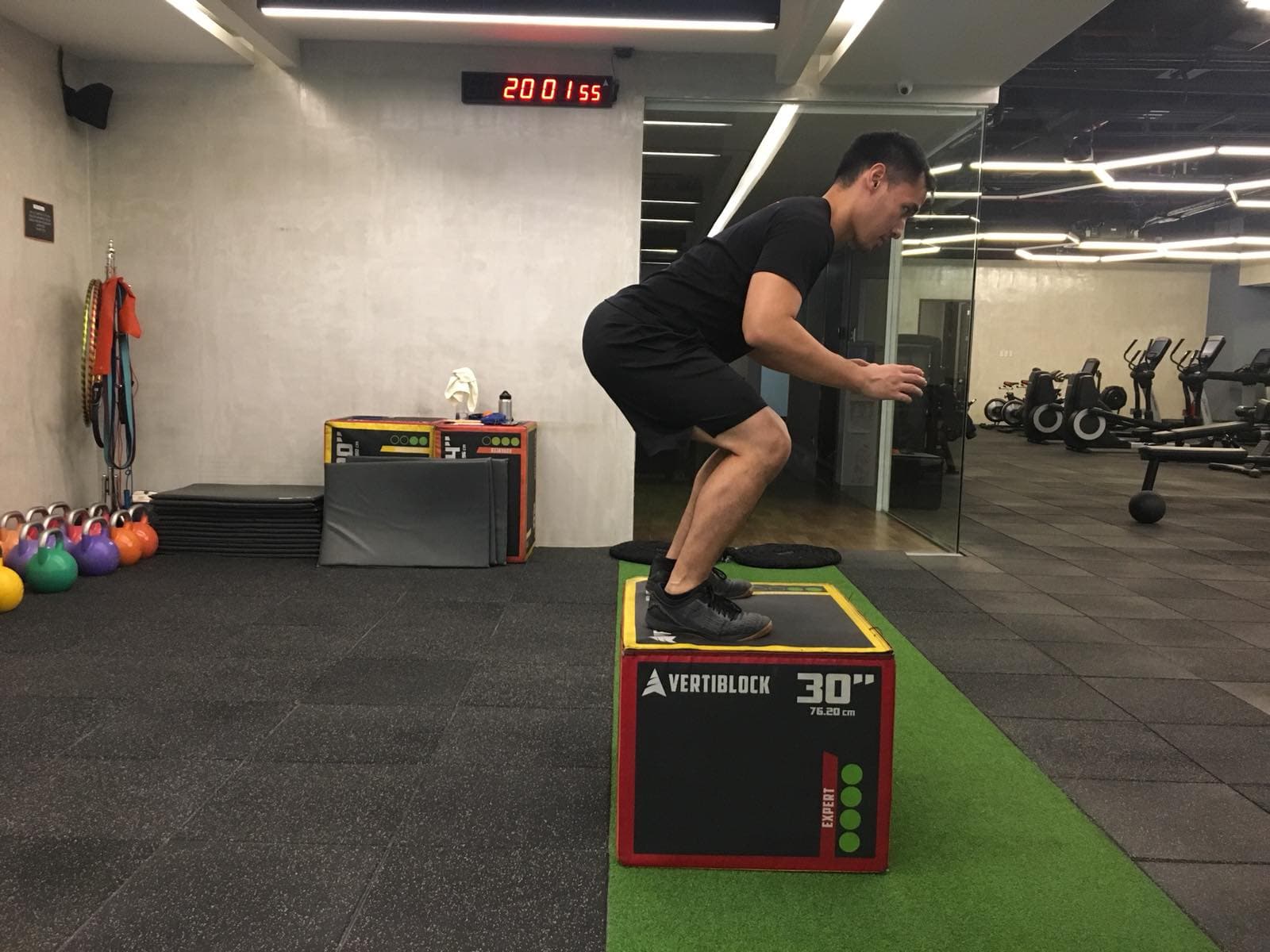The best ways to improve your performance on the trail is to strengthen your posterior chain and do single-leg exercises
Photos by Rainer Eck/Pexels and Migie Felizardo
When it comes to trail running, a good strength and conditioning program is key to improving your finish time and preventing injuries. This is because the activity demands more strength, joint stability, and muscular endurance compared to road running. It also requires you to navigate the ups and downs of terrains, which is challenging to the joints and muscles.
According to strength and conditioning expert Migie Felizardo, a common mistake trail runners often make is to neglect training the posterior chain. The posterior chain is a group of muscles that includes your hamstrings, calves, glutes, and back. It’s a muscle group that’s especially exhausted when running up a trail. Meanwhile, your quads control your grip when running downhill.
Felizardo says the best way to improve your performance on the trail is to strengthen your posterior chain and to consistently work out your unilateral (single-leg) muscles. Doing these exercises will improve your strength, core, and balance while minimizing muscular imbalances between your limbs.
Here are seven exercises you can do to be a better trail runner:
1. Planks
According to Felizardo, planks help brace and engage your core muscle group, which protects your spine in all movements. A strong core helps transfer the forces from your lower body to the upper body and improves athleticism in the terrain. Do two sets of 30-second planks after your warm-up. If this is too easy, try variations such as side planks, reverse planks, and knee planks.

2. Box jump
The box jump enhances the leg and hip drive, which powers your body throughout the trail. It’s important to emphasize on the landing, as doing so consistently builds overall lower body joint stability (which plays a huge role when your feet strike the rough grounds). Do two sets of five to eight repetitions with one-to-two-second pauses as you stabilize yourself each time you land. Note that your start position should look almost the same as your landing position.

3. Kettlebell deadlift
Felizardo says that the kettlebell exercise is the best way to develop overall body strength. This type of deadlift workout helps runners develop proper hip posture and trains the entire posterior chain. Having the right hip posture and a strong posterior chain allows you to properly balance yourself, especially when going uphill.
Another benefit is that it develops cardiovascular and muscle endurance on the terrain. The best part about this workout is that it’s beginner friendly and it also minimizes lower back stress. Do three sets of 8 to12 reps. Make sure your lower back is in the correct form to avoid hyperextending it.
4. Rear foot elevated split squat
The rear foot elevated split squat is one of the best unilateral lower body exercises you can do. This classic strength and muscle builder helps when running uphill. When done consistently, this routine strengthens the quadriceps, glutes, hamstrings, and core, and stabilizes the knees and smaller leg muscles. Do three sets of 8 to 12 reps per side. If it’s too difficult, start with standard split squats where your foot at the back is not elevated on a bench or chair.
5. Goblet squat
The goblet squat allows you to engage your core while at the same time stabilizes the torso as you squat. It strengthens the muscles in the lower body and improves leg and hip drive, which you predominantly use in trail running. This workout also improves posture when you squat. Do three sets of 8 to 12 per reps.
6. Dumbbell push press
Aside from being a powerful shoulder and arms exercise, the dumbbell press strengthens the body as you transfer forces from the ground up. Felizardo says this regimen teaches forceful leg and hip drive while keeping the core tight, thus boosting your running performance and stability. Do two to three sets of eight reps.
7. Pull-up/Chin-up inverted row/Suspension trainer row
These pulling types of exercises help develop relative body strength, which in turn improves your athleticism on the trail. Felizardo adds that doing these exercises utilizes the body weight as resistance that helps you carry your body throughout the trail; it also stabilizes good posture, which is absolutely essential in running. Do three sets of 8 to 10 reps.

